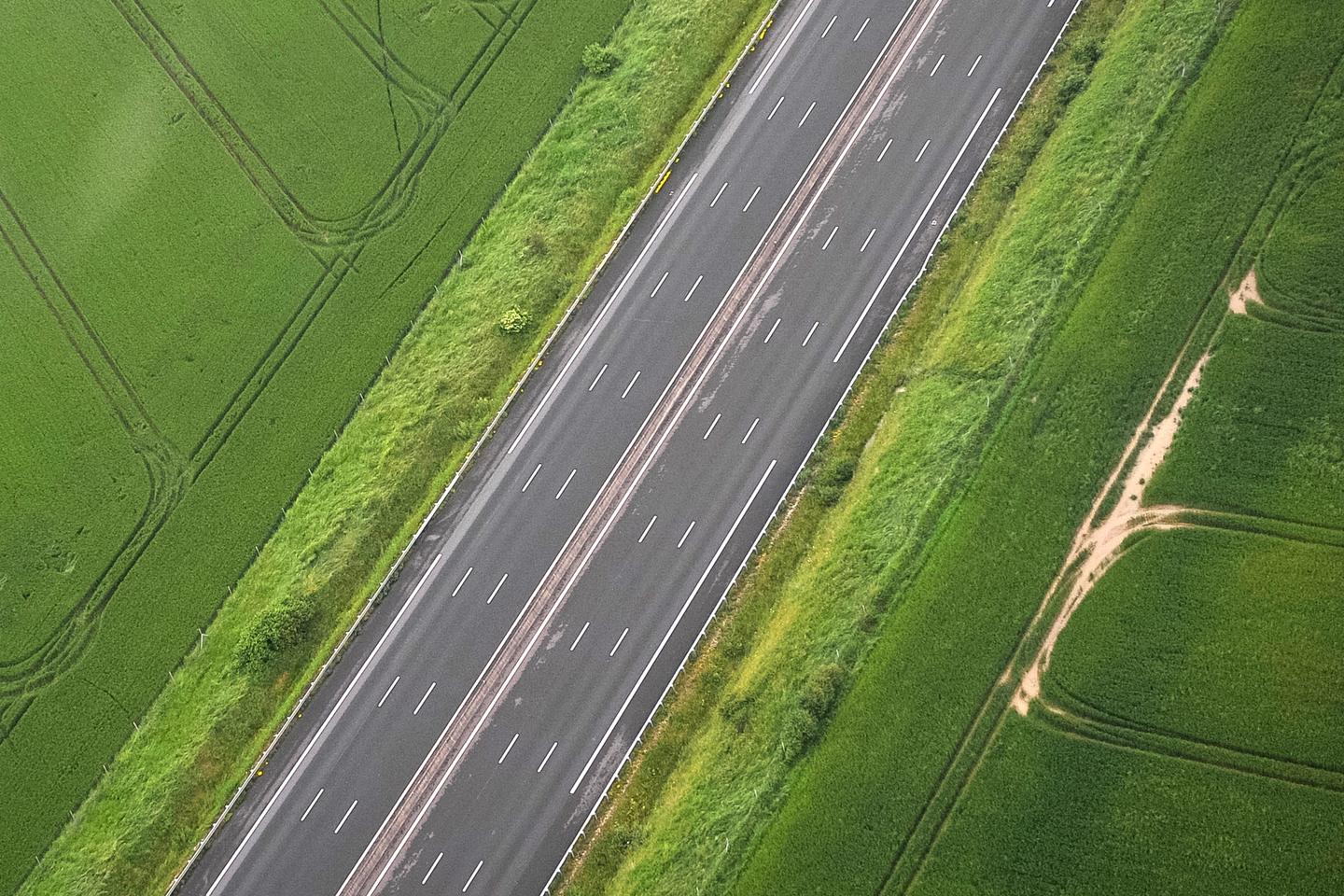


It's called the "electric highway" and it could be used to recharge the battery of an electric vehicle while driving one day. Invisible to motorists, the technology would operate via inductive coils, installed about 10 centimeters beneath the asphalt, along the longitudinal axis of the right-hand lane. It will be tested in 2025 on the A10 autoroute, southwest of Paris, on a 2-kilometer stretch near Saint-Arnoult-en-Yvelines.
As part of a call for projects issued by the French state-owned bank Bpifrance, concession-holder Vinci Autoroutes was selected, along with the Gustave-Eiffel University and the industrial company Hutchinson, to determine the energy efficiency of this system, which already exists on public roads in Sweden. At a cost of €26 million, the French test is being funded by the French government.
"Roads facilitate 87% of passenger and freight transportation. Even in the most optimistic scenario of conversion to rail, they will still account for more than 75% of travel in 2050. So it's the roads that need to be decarbonized," said Christophe Hug, deputy general manager in charge of environmental policy at Vinci Autoroutes, by way of argument. "This is particularly true on the freeway, where trucks emit 45% of greenhouse gases due to their greater number, compared with an average of 25% over the entire French road system," he said emphatically.
Magnetic field
The goal of induction charging is to space out the stops required for recharging from a fixed terminal and to cut by half, or even two-thirds, the size of the batteries. "It's not a technological gimmick," said Louis du Pasquier, Vinci Autoroutes' director for low-carbon mobility. Copper coils buried in the ground and powered by the electrical grid emit a magnetic field, which a sensor installed under the truck's chassis converts back into electricity. "At 200 kilowatts of power, we could recharge 50% of a car's battery by driving for 10 minutes in the right-hand lane," said du Pasquier by way of explanation.
Virginie Delcroix, sustainable development director at Geodis, SNCF's logistics subsidiary, was enthusiastic: "It's extremely attractive, as it would free us from the constraints of recharging on freeways, while reducing the need for critical materials used in manufacturing batteries." But only provided that the technology is uniformly deployed across Europe. Vinci Autoroutes, at the same point on the A10 autoroute, will be testing a second solution that involves charging a battery by connecting the truck to a flat rail fixed to the carriageway, using retractable runners. This system, by Alstom, is already in service on the tramways of Tours and Bordeaux.
You have 17.04% of this article left to read. The rest is for subscribers only.
